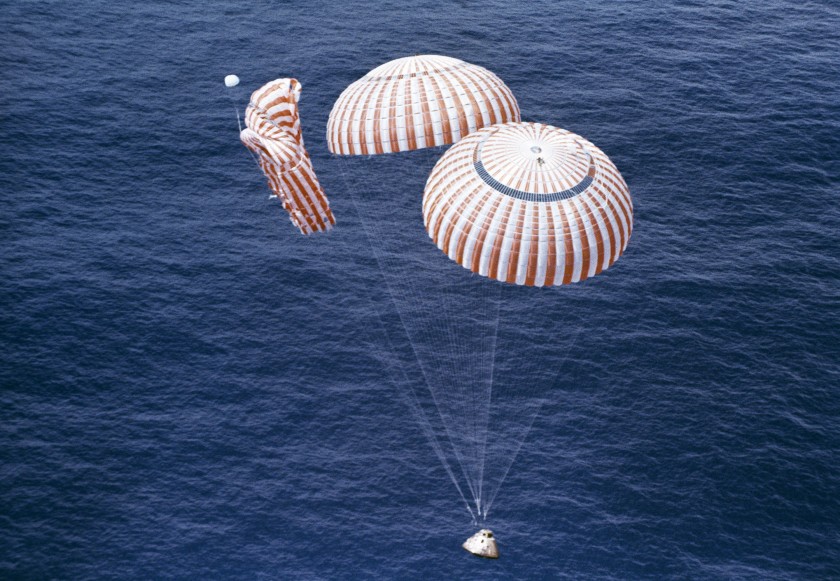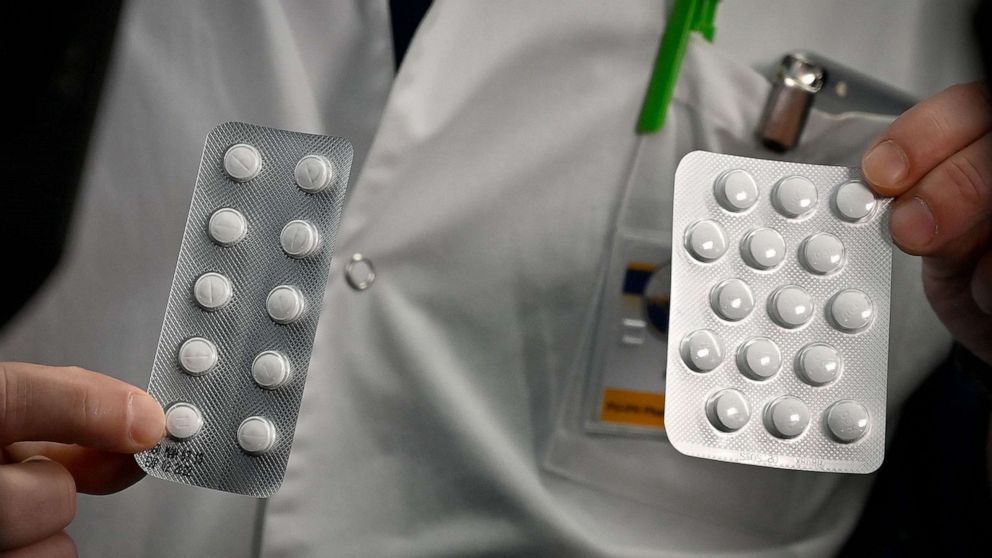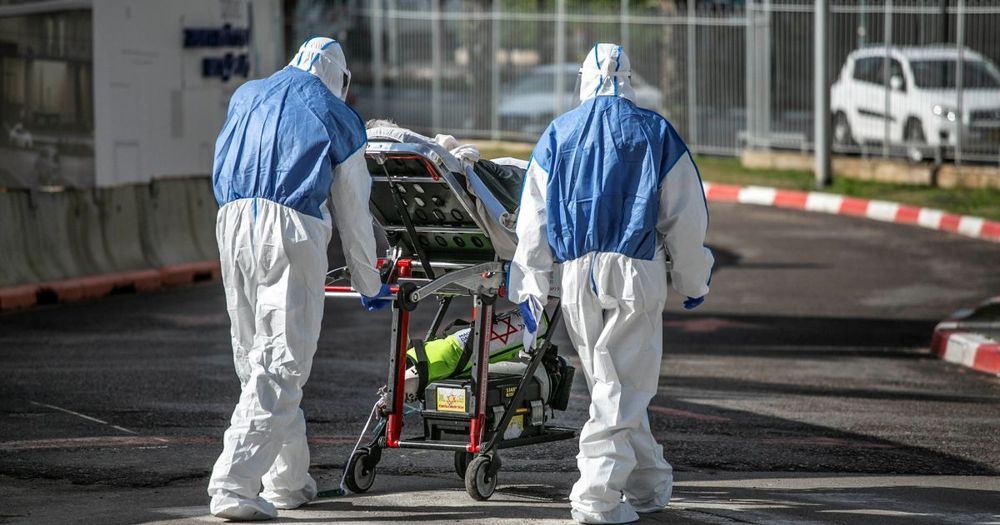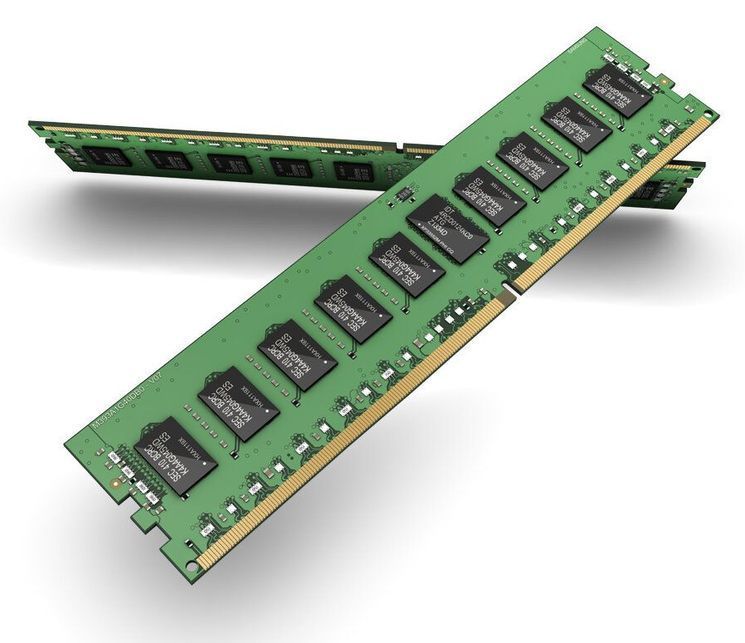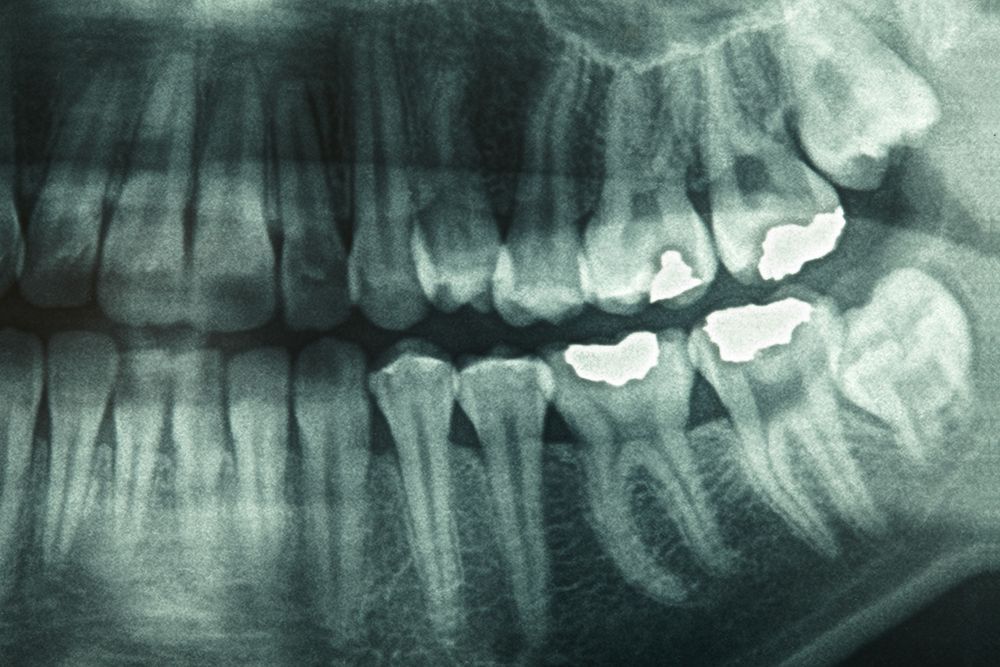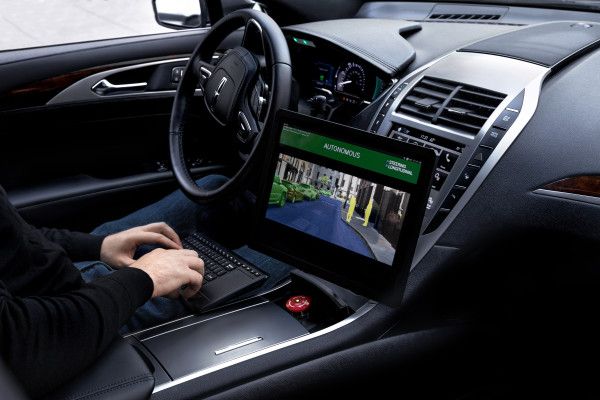By Bill D’Zio Originally published on www.westeastspace.com
Parachutes are plaguing space programs. SpaceX doesn’t like Parachutes. They are difficult to design, hard to package, and easy to damage. The larger the mass of the spacecraft, the more effort to slow down. Larger, more efficient, complex parachute systems are needed. Several failures have hit the industry over the last few years, including SpaceX Crew Dragon, ESA ExoMars, Boeing CST-100, and the NASA Orion to name a few.
How do parachutes work and why are they hard?
The idea of a parachute is simple. All falling objects fall the same when under the same conditions… that is so long as no outside force is exerted on it. So two objects dropped from the same altitude, one a feather and hammer will fall equally. Don’t believe me? NASA tested it on the Moon. During Apollo 15 moon walk, Commander David Scott performed a live demonstration for the television cameras. Commander Scott did the Apollo 15 Hammer and Feather test. He held out a geologic hammer and a Falcon feather and dropped them at the same time. Because there is not an atmosphere on the Moon, they were essentially in a vacuum. With no air resistance force, the feather fell at the same rate as the hammer. Ironically, Apollo 15 had a second demonstration of falling objects when one of the parachutes failed to function as planned.
